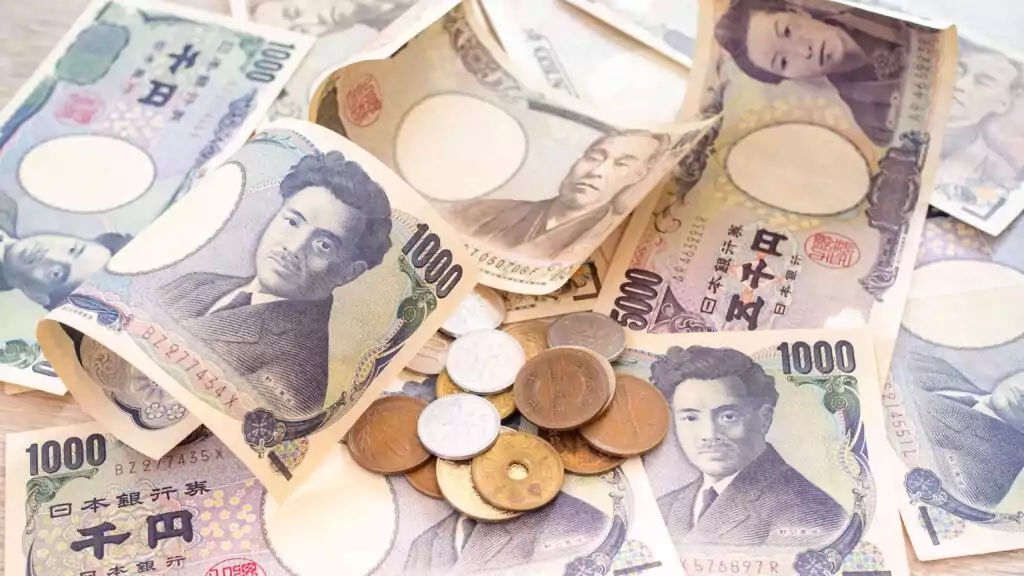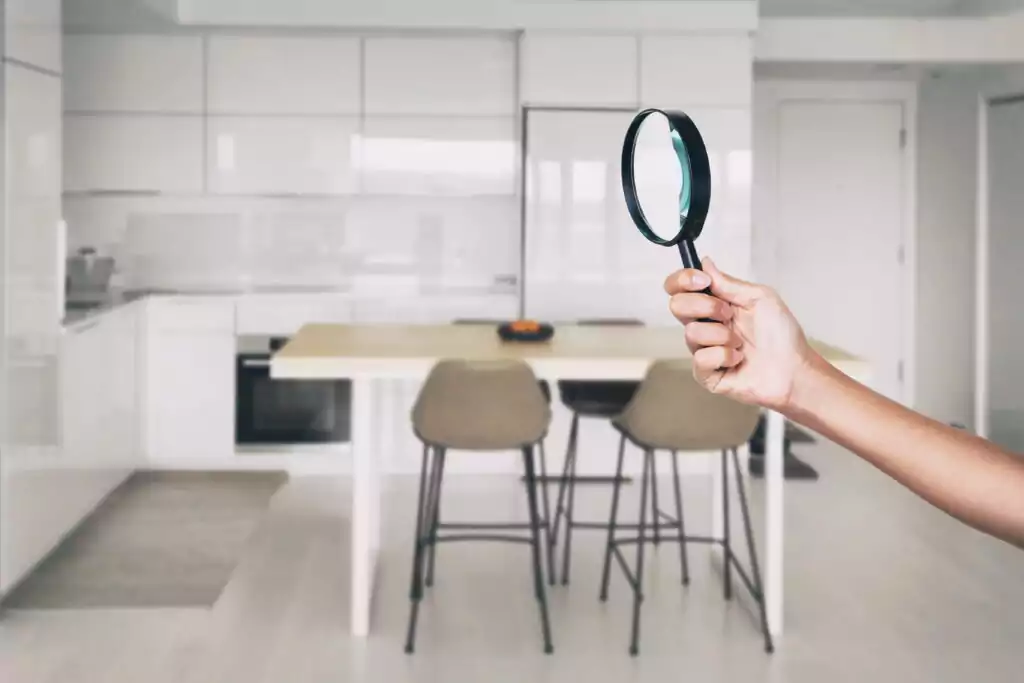Putting down a deposit for a place is usually part and parcel of renting an apartment or house. The deposit, also known as a security deposit, acts as a sort of insurance for real estate agencies and landlords in case the tenant does something unsavory like skip out on rent, inflict damage on the property beyond the normal wear and tear, or even abandon the place.
However, if one is really strapped for cash, there are properties and real estate agencies like Village House, who offer rentals without a deposit. Be aware, however, that this can be dependent on the results of the individual’s credit check.

Definition and Expenses
A deposit, or shikikin, as it is known in Japan, is where the tenant pays upfront, a certain amount of money to the landlord upon signing a lease. Generally, a deposit amounts to one to two months’ rent, though this can go up to 6 months’ rent depending on the type of property being rented and the conditions of the lease.
In Japan, shikikin is required for most long-term leases, which are generally 2 years long. It is used to cover any unpaid rent along with damages and repairs to the property upon moving out. Depending on the conditions of the lease, the mandatory cleaning fee, also common in most Japanese housing leases, is also deducted from the deposit.
The landlord or real estate agency is required, by law, to keep safe, a tenant’s deposit throughout the term of their lease. When the tenant vacates the apartment, their deposit should be returned to them, barring any deductions, which can include:
- Unpaid rent
- Cleaning fees
- Repairs for damages not considered normal wear and tear
What falls under “wear and tear” is subjective and can depend from landlord to landlord. In Japan, the Ministry of Land, Infrastructure, and Transport defines “wear and tear” as something that will allow for “restoration to the original condition” or genjyou kaifuku.
This does not mean that the apartment should revert back to when it was first built and unlived in upon the tenant moving out. Rather, it means that any scuff marks, dents, stains, fading of color etc. from daily use can be easily dealt with; and as such, falls under the term, “wear and tear”.
What is generally not considered wear and tear from daily use includes:
- Deep gouges, gashes, scratches etc. from moving furniture without protective padding, falling objects, pets etc.
- Stains and marks as a result from spills not cleaned up in a timely manner
- Mold and water damage
- Grease and oil build-up in the kitchen area that has not been tended to

Inspection and Caution
When a tenant moves out, the landlord or real estate agent will conduct a final inspection before the deposit is returned. Anything falling out of normal wear and tear will be deducted from the deposit.
To ensure you get a full or near-to-full refund of your deposit, you can do an inspection of your own. Many properties and real estate agencies, Village House included, will provide the tenant with a property checklist, which they can fill out after moving in.
The purpose of a property checklist is for the new tenant to conduct an inspection of any pre-existing damages, mold, stains, grease build-up, broken appliances, etc. left or inflicted by the previous tenant. By documenting these issues, you can save yourself a lot of grief and even a dispute with the landlord or real estate agent when you yourself move out in the future.
A property checklist can comprise pictures and videos. Ensure that the pictures have a time and date stamp on it should you need to submit them as evidence. It’s best to do this inspection as soon as you move in so absolve yourself of any blame.

Cleaning
Cleaning fees upon moving out are another compulsory expense for many tenants living in Japan. At Village House, for example, the mandatory cleaning fee is 1,210 yen/m² so while it might be tempting to avoid scrubbing the place down before vacating it, a general cleaning should still be done to minimize any potential disputes over what might be classified as not general wear and tear.
Refund
The actual refund of a tenant’s deposit will be given back once the apartment or house has been inspected and any deductions deemed necessary are made. Usually, the deposit will be made via bank transfer but check with the landlord or real estate agent to see what your options are.



